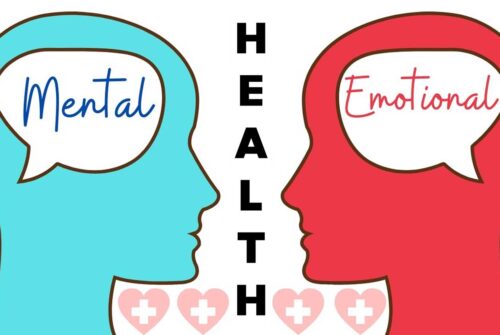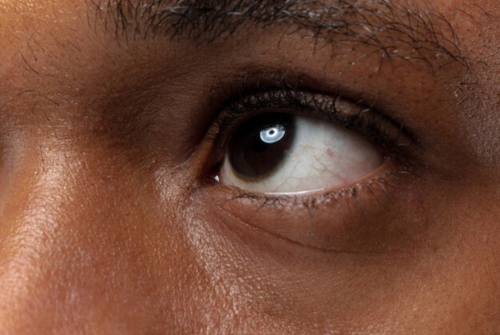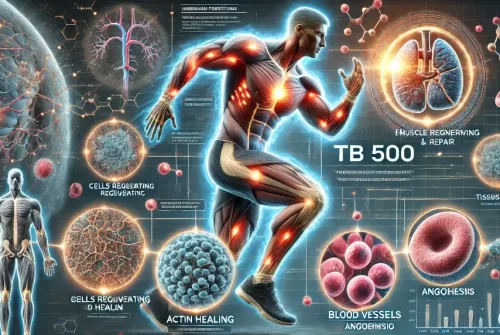
Are you tired of feeling guilty after every binge eating episode? Do you feel like you are stuck in an endless cycle with no way out? Binge eating disorder (BED) affects millions of people worldwide, and it’s not an easy condition to overcome alone. It involves not only the consumption of large amounts of food, but also the feelings of loss of control and guilt that come with it.
However, there are several strategies you can use to manage triggers and cravings and break the cycle of binge eating. In this blog post, we’ll explore some of these strategies and how you can implement them to reclaim your life. And if you don’t find success with these, remember there’s always options like professional binge eating therapy in Perth to help.
Identify Your Triggers & Cravings
Before you can manage your triggers and cravings, you need to identify what they actually are. Your triggers could include emotions (e.g. stress, boredom, anxiety), people, places, or things (e.g. specific foods or environments). Keep a journal of your eating behaviour to figure out what situations make you more likely to binge. Once you’ve identified your triggers, pay attention to the thoughts and feelings that arise when you experience them – this will help you understand the connection between the trigger and binge.
Change Your Environment
One of the most effective ways to manage triggers and cravings is to change your environment. Remove any binge triggers from your home, such as junk food, and replace them with healthy snacks like fresh fruits and vegetables. If your triggers are associated with certain places or people, avoid them as much as possible or create new habits to replace the old ones. Finally, create a relaxing environment in your home that promotes mindfulness and self-care.
Learn New Coping Mechanisms
Negative emotions such as anxiety, depression, and stress often trigger binge eating episodes. Instead of turning to food as a coping mechanism, learn new ways to deal with these emotions. For example, try relaxation techniques like yoga and meditation to reduce anxiety, or perform activities that promote endorphin release such as going for a run or doing a dance class.
Practice Mindful Eating
Mindful eating involves being present and focused when you eat, and it can help you break the binge eating cycle. When you eat mindfully, take your time to enjoy each bite of food, savouring the flavours and textures. Pay attention to how you feel before, during, and after you eat, as this can help you identify patterns of emotional eating and stop them before they happen.
Build a Support System
Breaking the cycle of binge eating is not easy, and you will need a support system to help you through it. Connect with people who can offer encouragement, help you stay accountable, and provide emotional support. Binge eating therapy is also available for those who need more structured help.
Managing triggers and cravings associated with binge eating disorder is not an easy task, but it is possible
By identifying your triggers and cravings, changing your environment, learning new coping mechanisms, practicing mindful eating, and building a support system; you can take control of your eating habits and break the cycle of binge eating. Remember, if you ever need additional help, professional binge eating therapy is available to assist you with your recovery journey.






